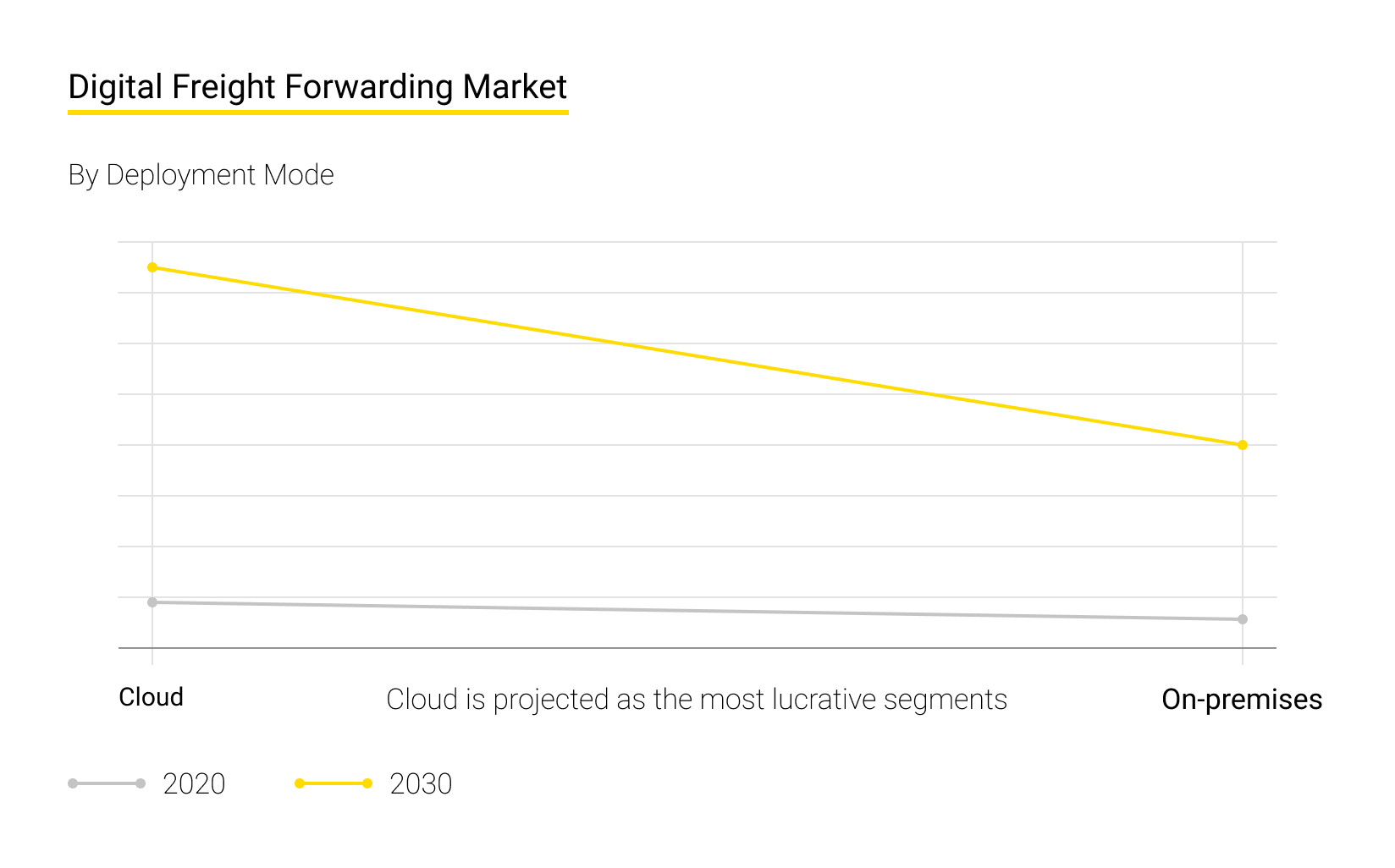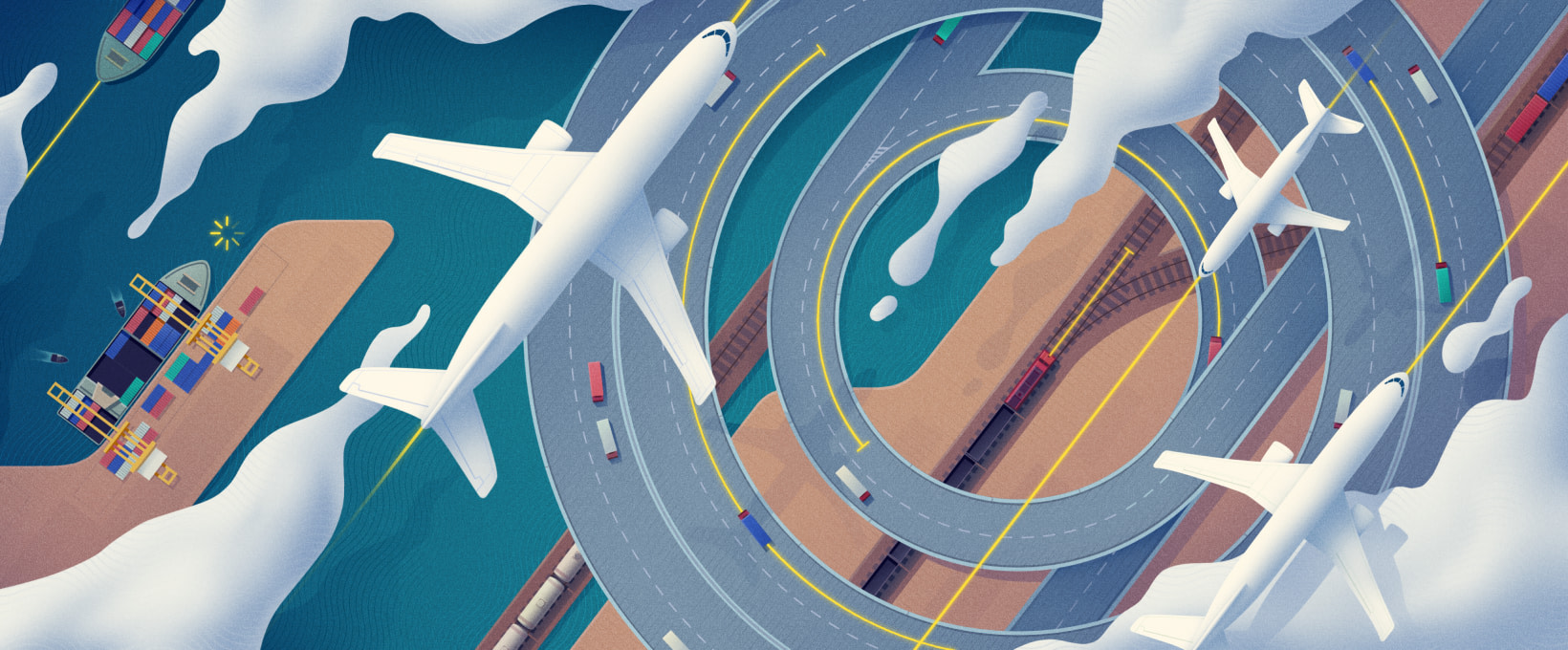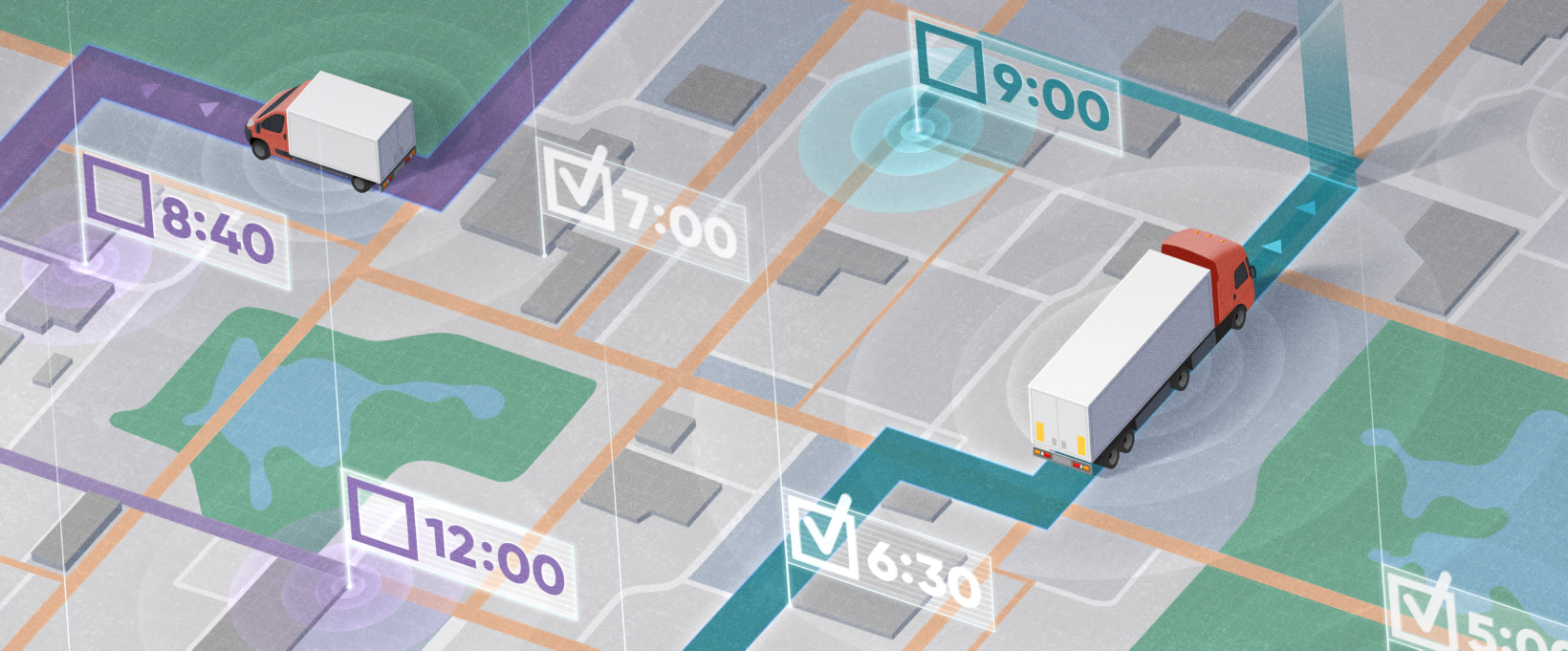- What freight forwarding solutions are
- Key benefits of digital freight platforms
- Convenience
- Security
- Transparency
- Advantages of digital transformation in Logistics
- Workflow automation
- Improved data analytics
- Enhanced last-mile delivery
- Challenges and the future of the technology
- Conclusion
What is the main lesson that businesses have learned from the pandemic over the last two years? The problems in the field of Logistics must be addressed today. If people are forced to stay at home, they shop more online, distribution networks become highly fragmented, and the pressure on logistics companies increases. This causes severe disruptions and loss of money and clients. In this piece, Andersen’s experts discuss the promising trend of digital freight forwarding technology and the development of solutions that fundamentally improve the operations of Logistics companies.
What freight forwarding solutions are
Recent studies demonstrate that although the pandemic affected the supply chain market, revealing problems in countries with insufficiently developed infrastructure and the need to reduce Logistics costs, it greatly expanded the opportunities for market growth. According to forecasts, the supply chain market, which is currently estimated at $15.85 billion, has a growth trend with a CAGR of 11.7% over the next five years. This gives businesses the opportunity to reduce Logistics costs and gain a competitive advantage. Why is this important? The same source states that the reduction of Logistics costs by only 5% will allow companies to double their profits.
Speaking of supply chains, the important factor that affects the final price and client satisfaction is customized, reliable, sustainable, and rapid delivery. More recently, a true supply chain revolution has been linked to digital freight forwarding technology. This has been valued at $2.92 billion in 2020 and is set to grow tenfold over the next 10 years with an incredible CAGR of 23.1%.
In essence, digital freight forwarding means placing an emphasis on direct-to-consumer eCommerce Logistics and optimizing delivery services via software and automated tools. The most advanced and promising trend in this regard is the development of smart platforms that bring the interaction between suppliers, customers, and delivery services to a new level and allow the integration of tools for delivery optimization.
In short, these smart platforms allow for quick processing of complex orders from different suppliers in real-time, the selection of convenient carrier services, and the choice of the best interaction options. As a result, customers receive fast, reliable, and profitable delivery, digital freight forwarders fully meet their capacities and plan convenient routes, and drivers get access to a service that makes it possible to exploit their working time with maximum efficiency and profit.
Digital freight platforms are sometimes compared to Uber services as they qualitatively changed the public transport service market. The CEO of Shypple, one of the up-and-coming players in this niche, compared the new platforms to Booking.com, which became a change-maker in the rental market: “We go much further in digital terms. On the other hand, ease of use is also paramount. The way we work with imports and exports is faster, more efficient and transparent. It’s also cheaper, although we weren’t focusing on that at first.” In general, such solutions promise a convenient and intuitive operating environment accessible via mobile devices. This allows businesses to synchronize the activities of their customers, e.g. industrial and trading companies, delivery and distribution services, including end carriers, as well as to optimize supply chains, increasing the profits for participants while minimizing delivery time and resource costs.
Key benefits of digital freight platforms
What are the main benefits of the above digital services?
Convenience
First of all, users are interested in a convenient and intuitive service that will allow them to perform transactions in real-time with minimal costs. Andersen makes their platform interfaces simple, visually attractive, and intuitive for users at all levels from customers of logistics services to end carriers. In most of the platforms, internal communication channels enable participants to quickly communicate with each other and solve operational problems within the system. Mobile devices provide access to digital freight platforms from any place.
Security
An important benefit of the platforms is their security, data integrity, and fraud protection. Details of transactions and cargo transportation, as well as the personal data of the recipients requires solid data protection.
The key solution to security issues and poor efficiency of the systems is laying the emphasis on cloud service technology. Data is not stored locally but in a digital cloud, eliminating unauthorized access and interception of data. Increased security for connection authentication is also built into the technology and cryptographic mechanisms. Thus, data becomes more accessible, loads more rapidly, and operations are much more secure. According to forecasts, by 2030, the share of cloud services in the digital freight forwarding market will significantly exceed the share of traditional on-premises solutions. Development companies also use other tools for additional data protection and defense against phishing, including mechanisms for checking the integrity of data, their safe deletion, etc.

Transparency
Customers are often concerned about the transparency of operations. How can one be sure that cargo won’t be lost, and information about its location will be available in real-time? Professional tracking software development services enable shipping customers and Logistics companies to track the movement of cargo and its location using digital freight matching platforms and interconnected technologies. This includes electronic tracking using Blockchain, radio frequency identification technologies, IoT devices, specialized fleet management software, video telematics technology, Business Intelligence, etc. Tools such as a public ledger system track each sent container, while all information and documentation on the shipment is securely encrypted and shared in one place. Smart contracts, in turn, guarantee the accuracy and reliability of all delivery information.
Advantages of digital transformation in Logistics
In addition to the noted features, digital freight platforms provide the following undeniable advantages.
Workflow automation
Firstly, the technology makes it possible to intensify work on data analysis and its systematization, simplify documentation, and automate logistic processes. This is especially important in light of the fact that so far 67.4% of supply chain managers use Excel spreadsheets as their main tool for working with data. This increases the risk of calculation errors when working with large arrays and multiple deliveries. In addition, delivery of multiple stock keeping units (SKUs), especially on peak days, can significantly affect the timing and cost of the delivery. By using AI components to process and analyze large data sets, digital freight forwarders optimize data and record management. Smart neural networks optimize delivery by calculating the most efficient routes and taking into account traffic and other factors. Automated package management with auto-dispatch systems allows you to organize this in an optimal way, on time, and without increasing costs.
Improved data analytics
The second advantage follows directly from the previous one, as Big Data analysis in Logistics and freight allows such systems to also engage in predictive analytics and maintenance. AI algorithms monitor the current state of supply chain systems, loading of transport lines, and the state of equipment involved in delivery services, as well as analyzing data on cargo transportation and peaks of consumer activity. Thus, they are able to predict possible problems, the timing of necessary repairs and maintenance of infrastructure, and increased demand for transportation services. Companies then accumulate transport resources in places of maximum load and involve additional specialists for cargo transportation. The latter is achieved mainly through technologies such as Telematics and ELD software.
Enhanced last-mile delivery
Finally, the critical advantage of freight forwarding solutions is that they help solve the problem of last-mile delivery. It's no secret that even the most sophisticated systems suffer from an inability to accurately calculate the resources needed to deliver goods to the customers’ doors, especially in rural areas. As a result, delivery times and costs are greatly increased due to the inefficiency of supply chains at the last-mile level. AI systems make it possible to calculate the most optimal routes for vehicles, reduce costs, and effectively use additional tools, e.g. bots and delivery drones. This synchronizes the work of large carriers with local delivery services and automated centers, which builds an effective structure for the fastest, most reliable, and most profitable cargo transportation.
Challenges and the future of the technology
Developers of digital freight platforms often offer additional features and services from “gaming” incentives for truck drivers that stimulate their productivity to the management of spot rates for transportation and flexible systems for changing delivery conditions. This extended functionality can be a decisive factor when choosing suitable software.
The overall productivity of freight forwarding solutions depends on their ability to serve the leading players in the field of cargo transportation, as well as small companies and individual carriers, by providing advanced services, optimizing supply chains, and offering various types of freight and delivery options.
Although this technology is relatively new and hasn’t yet won strong market recognition, it has promising prospects. According to Scott Sureddin, CEO North America of DHL Supply Chain, we are now seeing a rise in popularity of digital freight platforms, “which have the potential to increase the efficiency of freight transport by connecting more available capacity with shippers and improving utilization.” Companies operating in this niche are also showing strong growth. For example, Convoy, the promising US digital freight platform, demonstrates a 50% annual profit growth and is expected to reach a capitalization rate of one billion dollars this year.
Conclusion
Digital freight forwarding solutions significantly optimize Logistics supply chains, improve the efficiency of delivery services, reduce Logistics costs, optimize delivery routes, and ensure effective infrastructure utilization. The technology improves mechanisms for working with data, using predictive analytics to help solve problems before they emerge. In addition, it ensures maximum data security and transparency of delivery workflow. Andersen has extensive experience in the development of custom solutions for digital transformation in Logistics. If you want to unleash your potential in the field of Logistics, don’t hesitate to contact us for more information and a free consultation.








